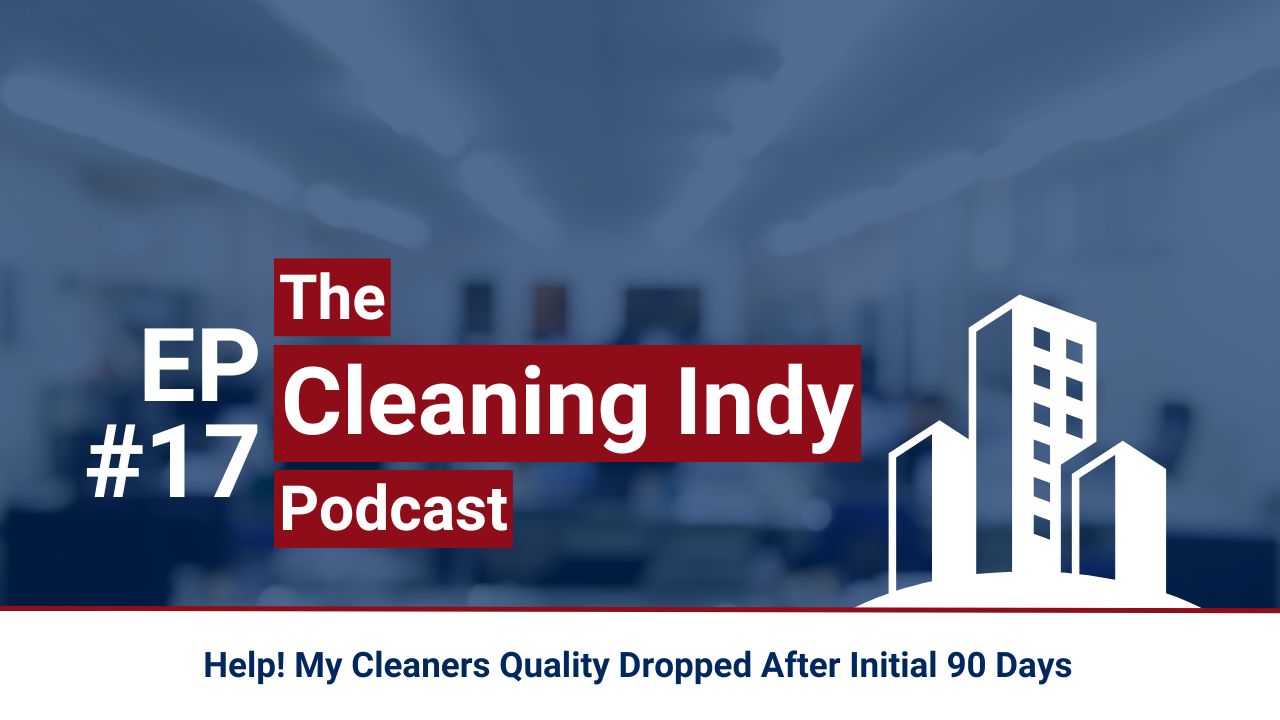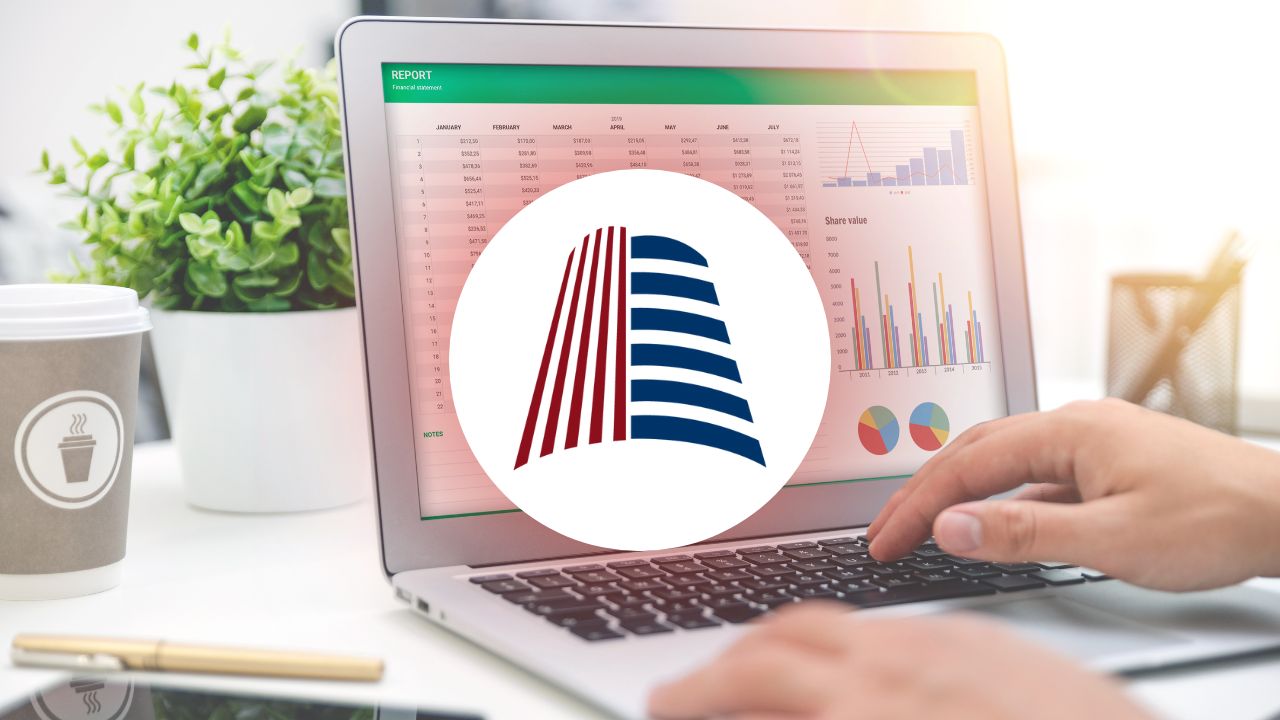In the world of commercial cleaning, it’s not uncommon to grapple with varying expectations. Whether it’s dealing with a messy roommate, an untidy guest, or a cluttered workspace, we’ve all had our fair share of cleaning experiences. This leads us to a crucial question: Are there any standardizations when it comes to commercial cleaning?
In this blog post, we’re thrilled to answer that question with a resounding “yes,” and we’re here to provide you with two valuable resources for understanding these standards:
International Sanitary Supply Association (ISSA)
The ISSA is a global entity that has developed the ISSA Clean Standard, considered the gold standard of cleaning. This standard offers comprehensive training programs and certifications for cleaning service providers, emphasizing the connection between cleaning, health, and overall well-being. By adhering to the Clean Standard, facilities can demonstrate the value of clean environments, leading to increased employee productivity and improved bottom lines.
Institute of Inspection Cleaning and Restoration Certification (IICRC)
The IICRC plays a pivotal role in developing common industry language and terminology. It offers certification programs for professionals in the cleaning, inspection, and restoration industries. Their certifications cover a range of specialized areas, such as microbial remediation, structural drying, and floor care.
In addition to ISSA and IICRC, several other entities and organizations promote cleaning standards. These include governmental bodies like the World Health Organization (WHO), Occupational Safety and Health Administration (OSHA), and the Centers for Disease Control and Prevention (CDC). Professional associations like APIC (Association for Professionals in Infection Control and Epidemiology) and AHA (American Hospital Association) also provide certifications for operating room cleaning.
To ensure cleaning has been performed effectively, we discuss two verification methods:
- ATP Testing: Adenosine Triphosphate (ATP) testing measures actively growing microorganisms and provides a rapid assessment of cleanliness. Lower ATP readings indicate better cleanliness.
- Fluorescent Markers: These markers, available as gels, powders, or lotions, are used to mark high-touch objects before cleaning. By using a UV light, one can inspect whether a surface has been adequately cleaned.
With these resources and tools at your disposal, you can confidently ensure that your cleaning crew meets your expectations. Cleaning is no longer subjective but objectively measured.
To stay updated and learn more about commercial cleaning, visit our website at Cleaning Indy. Don’t forget to leave a review wherever you listen to this podcast, whether it’s on Google, Apple Podcasts, Spotify, or YouTube.
Take care, and we look forward to sharing more valuable insights in our next episode!

Tom Moore has been a part of the commercial cleaning and facility management industry since 2005. He co-founded American Facility Care in 2014 with the idea of bringing safety and aesthetics to buildings across central Indiana. He has an APIC certification in Infection Control and Prevention, and enjoys passing that knowledge on to his team using their exclusive Hygienic Training Method of cleaning. Tom co-hosts The Cleaning Indy Podcast, and would love a chance to connect with you and perhaps have you as a guest of the show.





